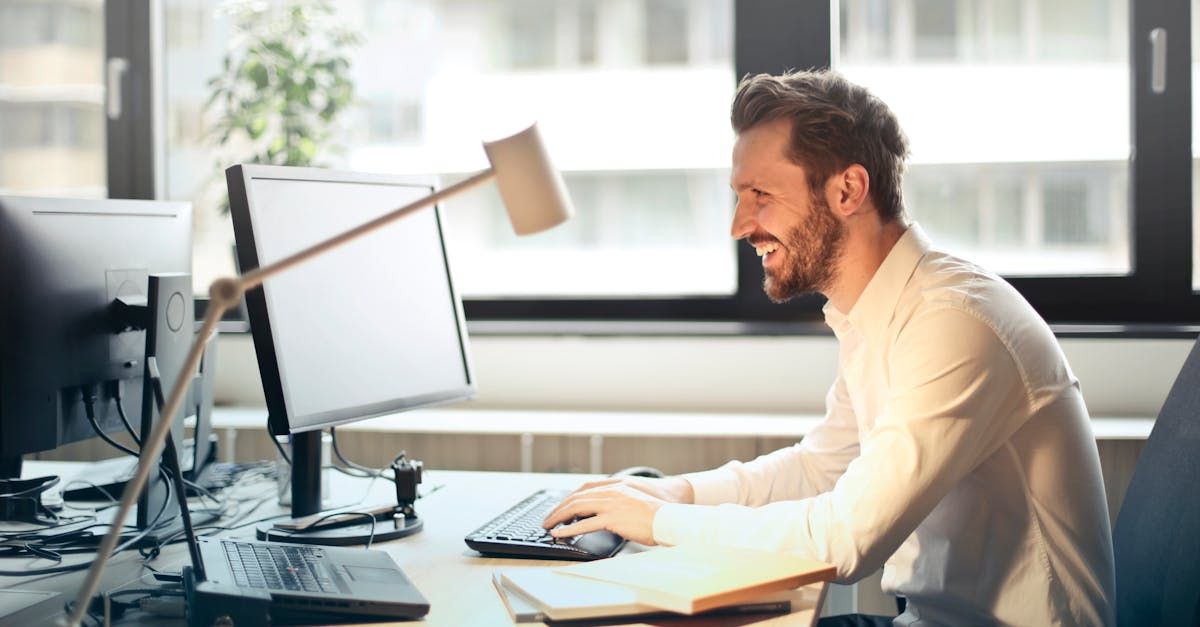There's More Than Just Your Website
There's More Than Just Your Website
At Devmac we receive a lot of inquiries from a range of companies about the websites we produce. More often than not the nature of these questions are heavily focused on how our sites function, the style and design and of course; the price for creation.
Whilst there is no denying that these are important questions, it's too easy to get lost in thought with what's visible. These account for nothing if the planning of the business proposition has not had equal if not more consideration.
You could pay to have the best website created, but if the site cannot be found, then you've not only wasted money but your time. Likewise, if your products aren't appropriately priced or you haven't conducted sufficient research into your audience and future prospects, the chances of you generating profit is seriously hampered.
The online world is a cruel space, more business ventures fail than succeed. However, "the world is your oyster" is still prevalent & we encourage you not to become disheartened. In our experience at Devmac, the more in-depth you plan - the closer your success.
We've all heard the stories of the lucky entrepreneur who made it big, but we rarely hear about the large number who fail. So how do you avoid becoming a negative online statistic?
Plan For Every Possibility
Planning should be your number 1 priority when starting any task and arguably, the most important element to any business venture. You MUST plan your target market at the very least, you need to know who you're targeting, who would buy or use your product/service and what problem you as a business can solve.
This information will structure all of your future decisions in the future.
It's very easy to plan what you'll do when you're a success. However, you need a plan for the worst case scenario. Take additional time to plan ahead of time.
Understanding what problems you may encounter and ways that you can mitigate them will greatly aid in future business endeavours. If you hit a set back with no plan in place, the likelihood of you closing shop greatly increases. At which point it not only affects you and your dream but the livelihood of all your employees.
Consider Your Resources
One of the biggest pitfalls in business is calculating your resources incorrectly. Allocating more resources than needed to projects or believing you have more resources than you actually do can have a serious impact on the business well being. As with any marketing venture, you must analyse your business and understand what resources you have available to work with.
Having a new website will take ample amounts of resources, both monetary and staff allocation. Generally speaking, this isn't the problem, its what businesses do with their resources during this process that poses an issue.
The website build process takes multiple months to complete, sometimes longer. The resources allocated to the project will be continuously used throughout, thus, may have an effect on your available resources for other projects.
For instance, if you allocate 2 staff members to oversee the website process, design meetings and content requirements could see them busy for a period of time. This could then impact future projects or requirements.
As mentioned above, planning for every possible outcome is important. Doing so will allow you to acknowledge any potential clashes in work. Outlining these problems at this stage can help to retain resources down the line.

Focus On Your Unique Selling Point (USP)
The internet is a very saturated area. There are many businesses selling the same thing. You need to find what it is you do that is better than your competition and market it efficiently. Your USP could be your:
There are many different USP's. A business owner should always understand what their USP is. This is normally what makes you money and what you focus on the most for marketing. Similarly to marketing efforts, you want to nurture this USP as it will be the defining factor when consumers make purchasing decisions.
Continuously Learn
In the space of the last 5 minutes, hundreds of businesses will have closed shop. This article from the Telegraph shows the rate of newborn businesses in the UK last year.
You can throw yourself in the deep end and make the same mistakes as countless other people before you, or you can take the smarter approach. This links back to the first point, plan. Research your industry, research large and small businesses.
Understanding what your competitors are doing is a strong and widely used marketing tactic. How often do you look at what they are doing successfully and poorly? Understanding both is crucial. Why are they successful? What do they do that makes them stand out? What are they doing poorly? Answering these questions gives you the ability to learn.
Why is learning important?
If your competitors are doing something really well, look to do it better. If they are doing something poorly, don't make the same mistake as them. Not only does this improve the quality of your own work, it saves you time making the same mistakes as them. If done correctly, it can also place you above your competitor in the eyes of your consumers.
Know When to Reconsider
Our final point comes in the form of a controversial topic. Those in business will tell you that if you wish to succeed you need to be willing to fail time and time again. This is a very true and important statement.
The issue that I'll be referring to, however, is with you as an individual. You must be prepared for this & not lose focus. If you're too easily ready to quit after your first set back then this should be the first sign that maybe this isn't your passion.
On the flip side, you could have the passion in your mind but it might not be something that you're ready for at the current moment. If you're leveraging money or constantly losing profit, it could be the first sign that you should cut your losses and walk away instead of forcing an idea that won't be successful.
Focusing on the website itself is also important and something that needs great consideration. Have a read of our 5 key elements you need to consider when planning your website article to make sure you're on track for success.






